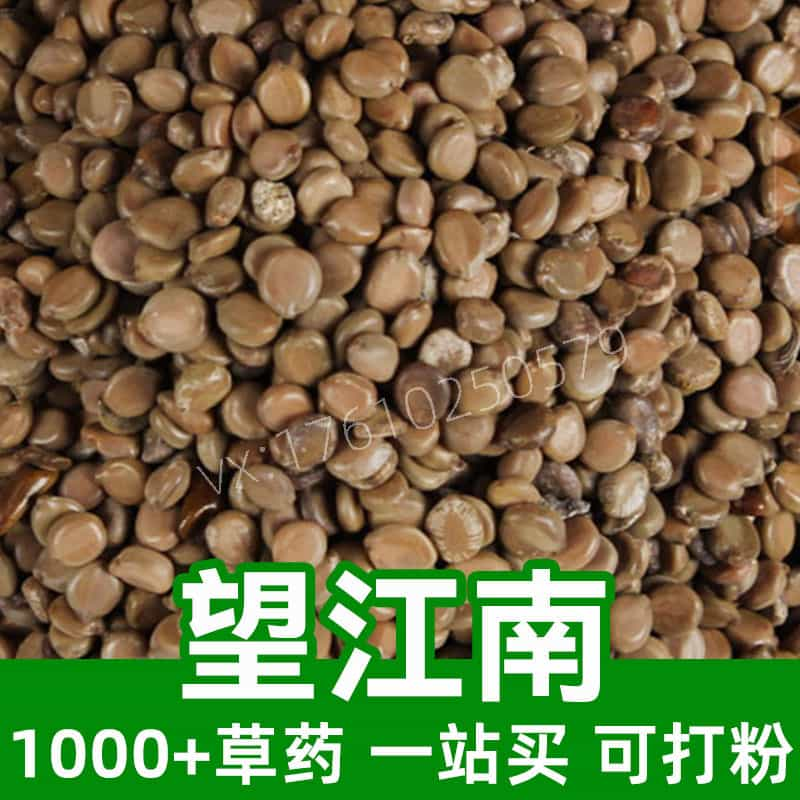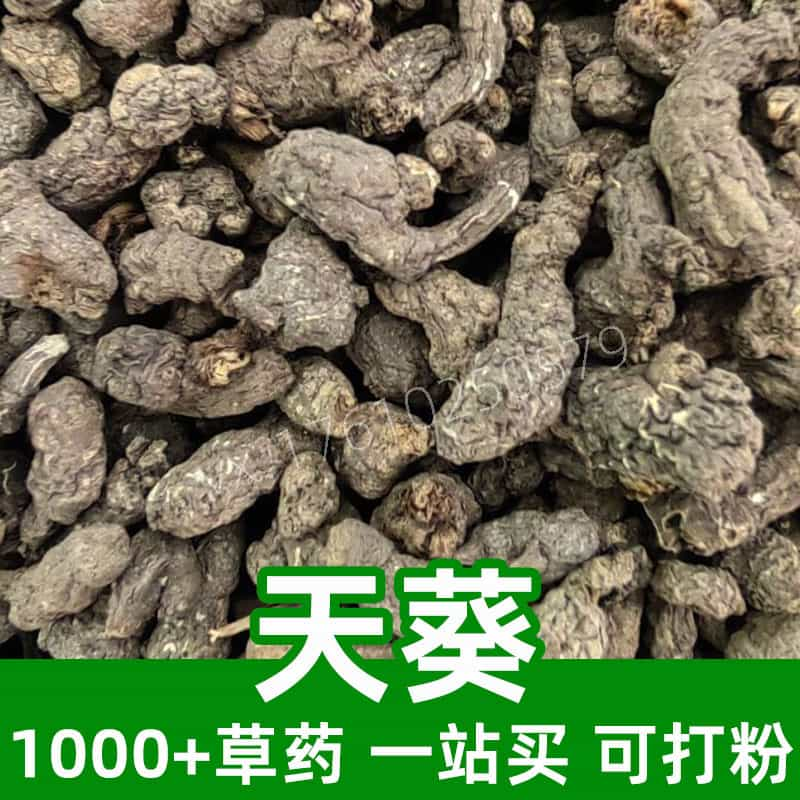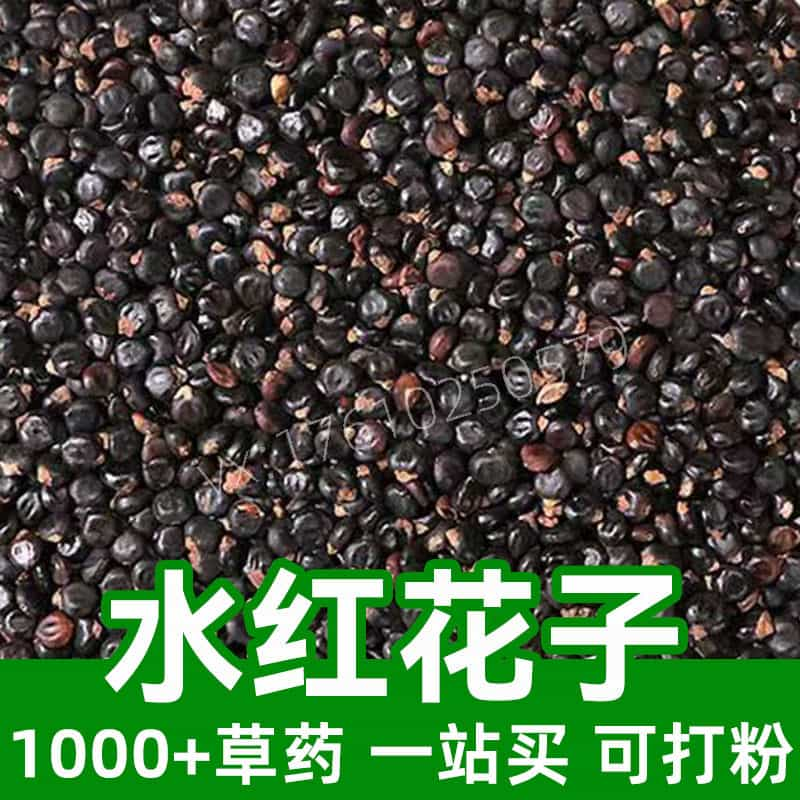Product Introduction
Ardisia punctata, commonly known as Spotty Ardisia, is a perennial shrub that thrives in the tropical and subtropical climates of Asia. Noted for its aesthetically pleasing features, the plant has thick, waxy leaves and produces clusters of small, red fruit that add a decorative element to gardens. In traditional Chinese medicine (TCM), Ardisia punctata is valued not only for its ornamental beauty but also for its potential health-promoting properties.
This herb is characterized by its rich composition of bioactive constituents, including triterpenes, flavonoids, and saponins, which are thought to contribute to its benefits. Historically, it's been used to enhance digestive health and improve overall vitality. Beyond its medicinal applications, this herb has found roles in culinary practices, often being incorporated into teas and dietary supplements.
The preparation of Ardisia punctata involves careful harvesting of its leaves and fruits, ensuring that the beneficial properties are retained. As interest in natural remedies continues to grow, Ardisia punctata is gaining recognition for its versatility and potential uses, making it a fascinating subject for those involved in herbal medicine and traditional practices.
Main Active Ingredients
Ardisia punctata is rich in several active ingredients that contribute significantly to its profile. Among these are triterpenes, which are recognized for their complex structure and various biological activities. These compounds have been studied for their potential effects on metabolic processes and may play a role in enhancing cellular health.
Another important category of compounds in Ardisia punctata is flavonoids. These polyphenolics are known for their antioxidant properties, which can help combat oxidative stress in the body. Antioxidants are crucial for protecting cells from free radical damage, thus promoting overall health and well-being.
Saponins, another class of bioactive molecules present in Ardisia punctata, may influence various biochemical pathways. They are often researched for their potential to support immune function and have been traditionally employed to promote digestive health and vitality.
Moreover, this herb contains a variety of vitamins and minerals that support its healthful attributes. These micronutrients enhance the overall efficacy of the herb, making it a valuable addition to dietary supplements or herbal teas. The blend of these active compounds not only supports the traditional uses of Ardisia punctata but also highlights its potential as an innovative ingredient in modern applications.
Understanding these main active ingredients is essential for those interested in traditional herbal medicine and their therapeutic properties. The research surrounding these compounds continues to evolve, shedding light on the many benefits that Ardisia punctata may offer.
Product Application Scenarios, Usage, and Dosage
In traditional Chinese medicine, Ardisia punctata is commonly used for its various applications, primarily focusing on enhancing digestive health and bolstering overall vitality. Its sweet taste aligns well with TCM principles, where flavor plays a crucial role in therapy and healing.
The herb can be incorporated into various formulations, ranging from teas to herbal decoctions. A common method of use involves simmering the leaves in water to create an infusion, which can then be drunk once or twice daily, preferably on an empty stomach to maximize its effects. Typically, a dosage of 5 to 10 grams of dried leaves is recommended for preparation, though this can vary based on individual health needs and goals.
In culinary contexts, Ardisia punctata can be utilized to enhance the flavor profile of dishes or blended into smoothies. Its unique taste adds an interesting dimension to meals while also providing nutritional benefits. It is being explored in the health food industry, where the focus is increasingly on naturally derived ingredients that can support health.
While exploring traditional applications, it is crucial to consult with a qualified herbal medicine practitioner to determine appropriate usage and dosages tailored to individual needs. This is particularly important to ensure safe and effective integration into personal health regimens.
Introduction to the Source Plant, Distribution, and Growth Environment
Ardisia punctata is primarily found in tropical and subtropical regions, showcasing a preference for well-drained soils and partial shade. This plant typically thrives in forested areas and hilly terrains, where it can reach a height of about one to two meters. Its natural habitat contributes to its unique adaptations, including thick, leathery leaves that help minimize water loss—a beneficial trait in its native humid climates.
Geographically, Ardisia punctata is predominant in countries such as China, Japan, and parts of Southeast Asia, where it is often found in abundance in the understory of tropical forests. The plant is particularly adept at colonizing areas that provide a rich organic layer in the soil, allowing it to flourish with sufficient humidity and mild temperatures.
The growth cycle of Ardisia punctata is characterized by its flowering and fruiting periods, during which it produces clusters of small, red berries that are attractive not just to humans but also to a variety of wildlife. These fruits are a significant aspect of its reproductive strategy, aiding in seed dispersal through animal consumption.
Cultivation of Ardisia punctata can be pursued as both an ornamental and medicinal plant, with greenhouse conditions typically favoring healthy growth in non-native regions. Growers often emphasize maintaining ideal moisture levels and achieving a balance of light exposure to optimize production. Understanding these environmental conditions and cultivation practices is essential for anyone interested in utilizing Ardisia punctata for its diverse applications.
Harvesting, Processing, and Storage
Harvesting Ardisia punctata requires care and timing to ensure the most potent parts of the plant are utilized. Generally, leaves are collected during the growing season, which is when their bioactive compounds are at optimal levels. It is advisable to harvest young leaves, as they are not only tender but also typically contain higher concentrations of beneficial constituents compared to older foliage.
Once harvested, the leaves need to be processed promptly to minimize degradation. Traditional methods involve air-drying the leaves in shaded, well-ventilated spaces to protect their integrity. This process can take several days and is crucial for retaining the herb’s flavor and active constituents. In some cases, the leaves may also be subjected to light steaming before drying to further preserve their quality and color.
Storage of dried Ardisia punctata is essential to maintain its potency over time. The dried leaves should be kept in airtight containers, away from direct sunlight and moisture. A dark, cool cabinet is ideal for long-term storage, which may extend the shelf life of the herb significantly.
It is also important to monitor the stored herb for signs of mold or degradation, as excessive moisture during storage can lead to spoilage. Keeping an eye on the quality of the herbs, particularly in climates with high humidity, will ensure that the benefits of Ardisia punctata are preserved until use.
By adhering to proper harvesting, processing, and storage practices, practitioners and enthusiasts can ensure that Ardisia punctata remains a viable option for those seeking natural remedies, culinary enhancements, or garden aesthetics.
Monica Sun is a seasoned expert in the natural raw materials industry, with over a decade of experience specializing in traditional Chinese medicinal herbs, spices, and fungi. She is skilled in the sourcing, processing, and application of these materials, emphasizing sustainability and innovation. Monica Sun has contributed to the development of high-quality natural raw materials that serve as essential components in functional foods, pharmaceuticals, and cosmetics, delivering tailored solutions to meet diverse market needs.













